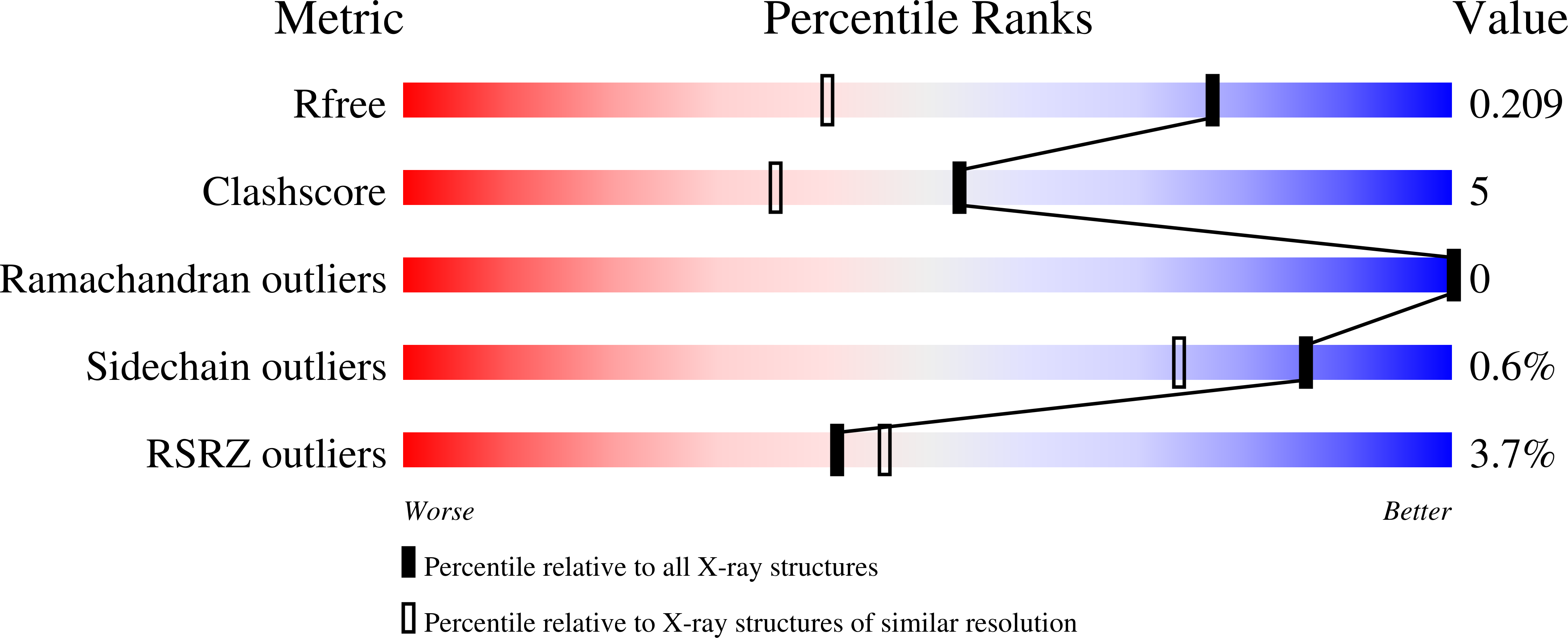
Deposition Date
2020-02-07
Release Date
2020-06-03
Last Version Date
2023-10-11
Method Details:
Experimental Method:
Resolution:
1.50 Å
R-Value Free:
0.20
R-Value Work:
0.17
R-Value Observed:
0.17
Space Group:
P 21 21 21


